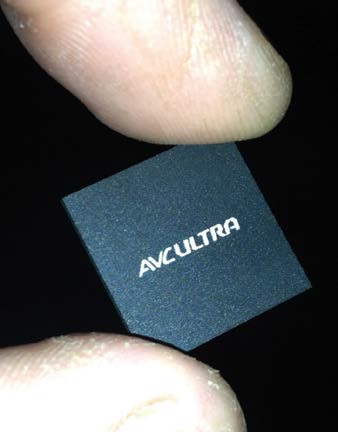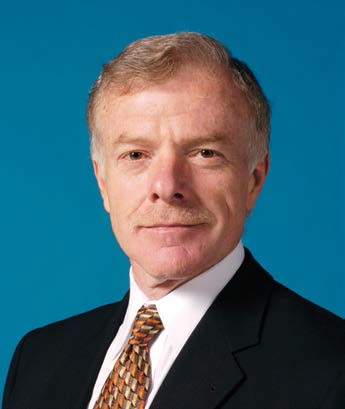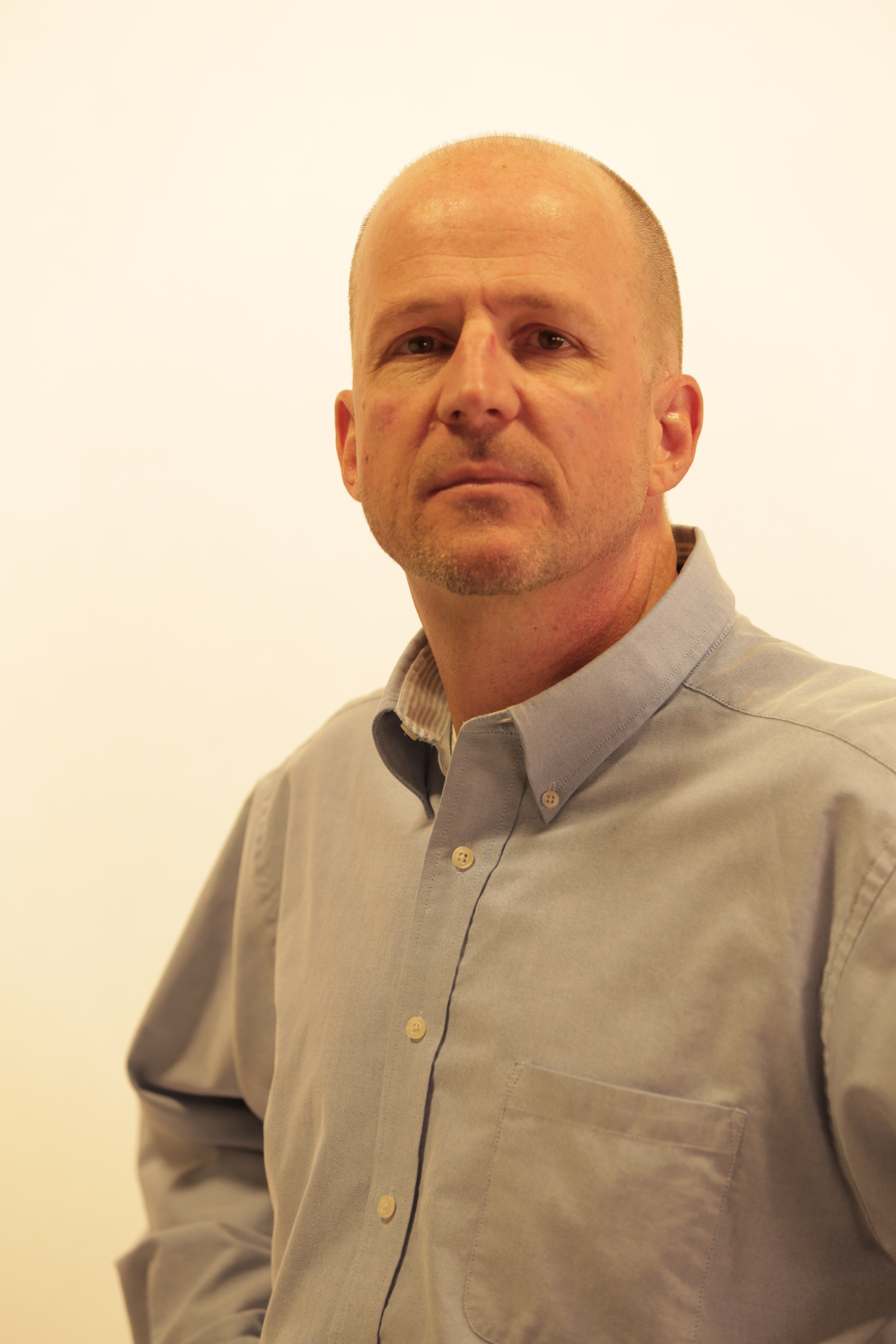The Hardware Behind Encoding
PHOENIX—“Video is everywhere. More content than ever is being produced due to the lower cost of entry in acquisition.”
This, according to Tom Lattie, vice president of market development at Harmonic, helps explain the explosion and future potential of video on our news, sports and entertainment media landscape. Furthermore, he says, there are no longer prohibitive entry costs in producing large quantities of high-quality media, and there are more and more outlets demanding it in a variety of formats to feed everything from handheld devices to home theaters.
One of the reasons for this rapid change is the evolution of video compression technology. From capturing content in the camera to transporting it for edit and distribution, there are codecs that supply light to heavy compression in order to move and store content efficiently. As camera resolutions increase, this coding and decoding process is key to enabling camera manufacturers to capture content that can then be edited and transported through distribution to the end user. This production chain starts with small cameras with limited power options and ends with huge server systems that can churn out content in multiple formats, and faster than real time.

Panasonic uses a single LSI chip, known as DYNA, to power its AVC-Ultra format.NO ONE SIZE FITS ALL
To accomplish this task, several technologies are leveraged throughout the process. Cameras require small, low-power encoders, whereas transcode farms leverage vast numbers of power hungry CPUs in data centers to do their heavy lifting.
“There is no one size fits all solution,” said Stephen Mahrer, technology alliance manager for Panasonic. Chuck Meyer, chief technology officer of Grass Valley, agreed and said, “There is no free lunch and there are always tradeoffs between the technologies.”
Though many broadcast and media technology vendors agree on certain benefits of codec hardware, there are vastly different implementations available to customers today. Some are very company specific or proprietary, where others are open source. It is important to understand the technologies and benefits of the three most prevalent processing chips in use today.
THE HARDWARE BATTLE
There are three types of processing chips that handle video compression. The most simplistic is the ASIC or “application-specific integrated circuit,” which, as its name implies, is a chip designed for a singular function. Then comes the more flexible FPGA, “field programmable gate array,” which combines some of the processing benefits of the ASIC with the flexibility of changing its coding via software at any time. Finally there is the GPCPU, or “general purpose central processing unit,” which is the Intel chip found in most every computer. This is the powerful processor that runs software-based solutions, but has a little hardware processing hidden under the hood as well.
Get the TV Tech Newsletter
The professional video industry's #1 source for news, trends and product and tech information. Sign up below.
ASICs are very popular in cameras due to their small form factor and minimal power requirements.
“We primarily use ASICs as we focus on the needs of production and field gathering devices,” Panasonic’s Mahrer said. Panasonic uses a singular stackable ASIC called the Dyna chip across the company’s entire camera line to provide HD to UHD encoding. These chips only draw 1.2W per unit. “You can’t do this kind of processing in software and still fit it into a camera,” he said.
Others recognize this benefit but point out the limitations of the ASIC.
“The ASIC can be custom-tuned to deliver a specific result at a cost of inflexibility,” said Brick Eksten, vice president of product strategy for networking & distribution at Imagine Communications in Dallas.
He is an advocate for the FPGA-based solutions that his company offers. “FPGAs are about flexibility,” he said. Within the FPGA, he said he could write code to build I/O, memory buses, filtering, up/down and cross converting. Though the chips may cost more than an ASIC they offer the flexibility to swap codec sets when needed.

Hugo Gaggioni, chief technology officer of the Broadcast and Production Systems division at Sony
“FPGAs are great, but they can also be quite power hungry,” Panasonic’s Mahrer said. He acknowledged their great flexibility in configuration, but does not see them as efficient as the ASIC solution.
Hugo Gaggioni, chief technology officer of the Broadcast and Production Systems division at Sony sees ASICs, which Sony also uses in its cameras, as an ideal application for the XAVC codec, where FPGAs will be more likely found in terminal gear.
“FPGAs are very large in size and consume a lot of power, making FPGAs better suited to larger dedicated devices,” he said. “For day-to-day operation of inexpensive commodity devices, one needs a dedicated LSI, which is why Sony rarely uses FPGAs for professional equipment.”
Harmonic’s Lattie said that they have been leveraging the power of both ASICs and FPGAs in their systems for years, but in the last year have gravitated toward GPCPU-based solutions.
“Even though we call them GPCPUs, we leverage hardware components in those chipsets to improve video compression,” he said
Lattie said that the new XEON processors in their systems have built in AVX instruction sets which allow them to do hard-coded accelerated math functions within the chip, speeding up the encode/decode process.
Grass Valley’s Meyers conceded that CPUs can do anything as their processing is software-based, but that comes at a cost of requiring more power and being more expensive.
“They are infinitely flexible,” he said. He added that Grass Valley also makes use of FPGA technology with the TICO codec as “it allows us to manage what has to be a real time process.” Like Panasonic and Sony, they have found that specific chip configurations solve problems like latency and power budget limitations.
Paul Turner, vice president of enterprise product management with Telestream in Nevada City, Calif., and a self-described “ex-hardware engineer,” agrees.
“Telestream is a software company,” he said. “Our belief has always been that the software approach is more flexible and adaptable.”
A hardware-based approach to encoding is advantageous when looking for a fast and cheap solution to a specific task. But, like Meyer, Turner cautions that there’s a trade-off.
“Chipsets go obsolete so you’ve constantly got to worry about what happens if you can’t get them anymore,” he said. “But just as importantly, is how flexible you can make the product. Our argument is always—with a software architecture—you can more or less do anything you want to modify the product. It’s more agile and flexible to use software.”

Chuck Meyer, Grass Valley chief technology officerWHICH CHIP WILL WIN?
Each chip-based solution seems to offer benefits that the others cannot provide. All camera manufacturers noted in this article offer camera-to-editor solutions, and a software version of their codecs as well.
From connectors to the number of devices to spanning long distances, changing a physical plant is both challenging and expensive. Choosing a single codec solution can be of concern.
“It does give one pause to ask, what should my next investment be?” Meyers said. He sees continued growth in the GPCPU-based systems and feels software will provide more flexibility in the future. “The broadcaster is no longer in control of the format at home,” he added, pointing to the need for maximum flexibility in the complete broadcast chain.
Imagine’s Eksten sees a definite leaning on the enterprise level.
“Look at the velocity of the market, we are seeing the biggest players asking for software-only solutions,” he said. He also explained that large content distributors are more concerned with their operational fabric rather than the cost. “Their scale precludes having lots of dedicated boxes; they want to manage their systems on an IT level.”
For companies like Imagine, Grass Valley, Harmonic and Telestream, this means that their software-based solutions will continue to grow the use of GPCUs. The need for ASIC and FPGA solutions will continue to evolve, as where Moore’s Law will continue to increase the processing power of CPUs, it may never bring down their size and power draw. Thus cameras, terminal gear and other links in the facilities’ production chain will remain reliant on ASIC and FPGA technology.

